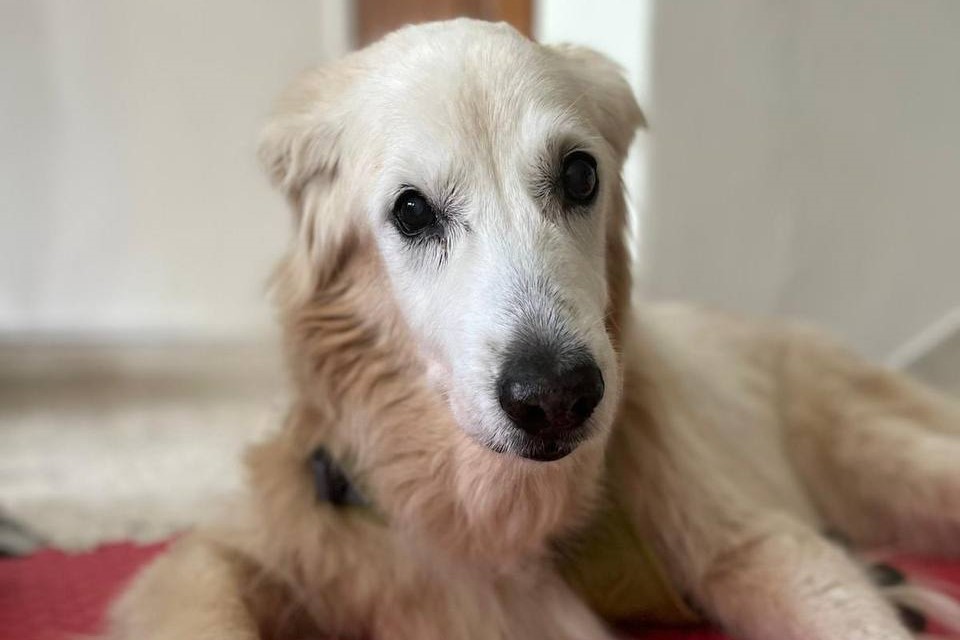Share Article:

As our pets start to age, taking care of them can become difficult and challenging. We often feel lost and unsure if we’re providing the best care. In this article, we discuss some of the common issues our geriatric patients have and how we can help and/or prevent them as pet parents.
Pressure Sores
- Decubital ulcers, also known as pressure sores, are caused by laying on hard surfaces for an extended period without changing position. Pressure sores develop on bony areas such as elbows, hips, and hocks. Although commonly seen in senior dogs with mobility problems and loss of muscle mass, senior cats are also prone to pressure sores.
When pressure sores go untreated, they develop into open wounds, sometimes leaving a gaping hole. This can take months to heal and can sometimes require surgical intervention. Pressure sores can be prevented by having your pets lay on an orthopedic bed and helping them switch positions every hour or so. Bandaging the bony areas with a thick padding of gauze or cotton will be helpful but always make sure it’s not too tight.
Urine Burns/ Scalds
- Urine burns are painful rash that is caused by urine contact with the skin for a long period of time. Paralysis, immobility, and urinary incontinence are some of the reasons for urine burns. The affected skin will appear red and irritated. Over time, infection occurs. The back legs, abdomen and groin area are usually affected.
Lining their beds or the sleeping area will help absorb the urine. Putting on a diaper on your pet will also be helpful. Keep in mind, the pee pads and diaper must be changed frequently in a day. If your pet’s fur is soiled, please use a washcloth and gentle soap to clean it. Dry thoroughly. Applying a thin layer of argasol gel/barrier cream/diaper cream can protect the skin. Keeping the fur short around these areas can also help with daily maintenance. Antibiotics may be needed for secondary bacterial skin infection caused by urine burns. Speak to your vet about medications that can help with incontinence.
For chronic incontinence, learning how to manually express your pet’s bladder will help reduce leaking and incidences of UTIs. The best way to learn is to ask your vet to guide you in person.
Dry Eyes
- Insufficient tear production can cause keratoconjunctivitis sicca (dry eyes). Tears are essential for lubricating and protecting the eyes. The lack of tear production can cause inflammation of the conjunctival tissue and mucous layer. This can result in corneal ulcers and scarring leading to blindness. Dry eyes can occur at any age but are more common in geriatric and flat-faced pets. Redness, excessive discharge, and blinking are some of the symptoms.
Your vet will be able to diagnose dry eye with a tear test. If your pet has dry eyes, you will need to lubricate their eyes daily with a lubricant eye drop.
Hyperkeratosis
- Hyperkeratosis is an abnormal amount of overgrowth of keratin on our pet’s skin which results in dry and crusty-looking skin. This is commonly seen on the nose, paw pads, and ears. Hyperkeratosis paw pads can sometimes cause pain and you might see your pet limping.
While there is no cure for hyperkeratosis, we can help the condition by moisturising the affected areas with paw and nose balm. These balms are usually made with beeswax which will leave a layer on the skin acting as a barrier. Paws and snouts can be softened with a warm, moist cloth before applying a balm.
Senior pets and common ailments
You might be interested

